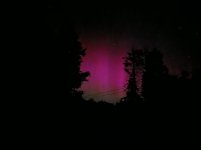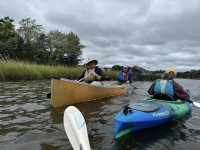Aside from phones, for those of you who are photo hobbyists, what photo, video and audio equipment do you currently take or recommend for still and video images of landscapes, wildlife and canoe trip things in general?
Here's a older article on the subject by a paddling wildlife photographer:

 paddlingmag.com
paddlingmag.com
Here's a older article on the subject by a paddling wildlife photographer:

Ben Eby’s Wildlife Photography Kit
As a wildlife photographer shooting in remote locations accessed by paddle, Ben Eby has to rely on a small collection of camera equipment. Regardless of trip length, Eby brings the same gear every time. Find out here what his 6 essentials are for his wildlife photography kit.










